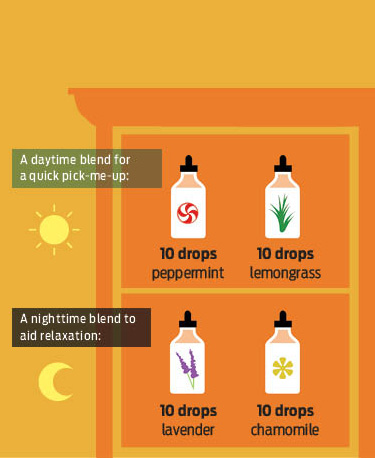 story by Leah TroianoWHEN I HAD TWO KIDS IN DIAPERS and two dogs, I was always concerned about the smell of my house. Eventually, I gave in to temptation and purchased a plug-in air freshener. They seemed so simple and effective.
story by Leah TroianoWHEN I HAD TWO KIDS IN DIAPERS and two dogs, I was always concerned about the smell of my house. Eventually, I gave in to temptation and purchased a plug-in air freshener. They seemed so simple and effective.
After plugging one in, my house certainly smelled different, but my dogs were unhappy. The pups would avoid the freshener at all costs, most often bypassing that room entirely. Apparently, the dogs knew something I didn’t.
Most indoor air fresheners are full of harsh chemicals. The Natural Resources Defense Council (NRDC), a New York City-based, nonprofit environmental advocacy group, conducted a study that analyzed 13 scented sprays, liquids, gels and plug-in household air fresheners. The study found that many air fresheners contain carcinogens (cancer-causers), phthalates (hormone-disruptors), volatile organic compounds (harmful gases) and other known toxins, as well as chemicals that can aggravate asthma.
Fortunately, making your own air freshener is a simple, non-toxic solution. Below are three of my favorite recipes, but you can pick any organic essential oils and make your own.
Indoor Air Pollution Fighters
The two-year study—done in collaboration with the Associated Landscape Contractors of America—identified the most effective air-purifying plants and found that one plant per 10 square yards of floor space will clean the air effectively. That’s two to three plants for an average room with a nine-foot high ceiling and 25-square-yard living space. The most effective air purifying plants include the heartleaf philodendron, elephant ear philodendron, the cornstalk dracaena, English ivy and palms.
Leah R. Troiano, a certified cancer support educator, works with people who have cancer or would like to prevent cancer. Lowering toxicity is just one of many ways to get your body in cancer-fighting shape. Videos on how to make the products featured in this column can also be found at Leah’s website in the “Video” section. For more information, visit cancerhealthandwellness.com or email Leah@CancerHealthandWellness.com.









